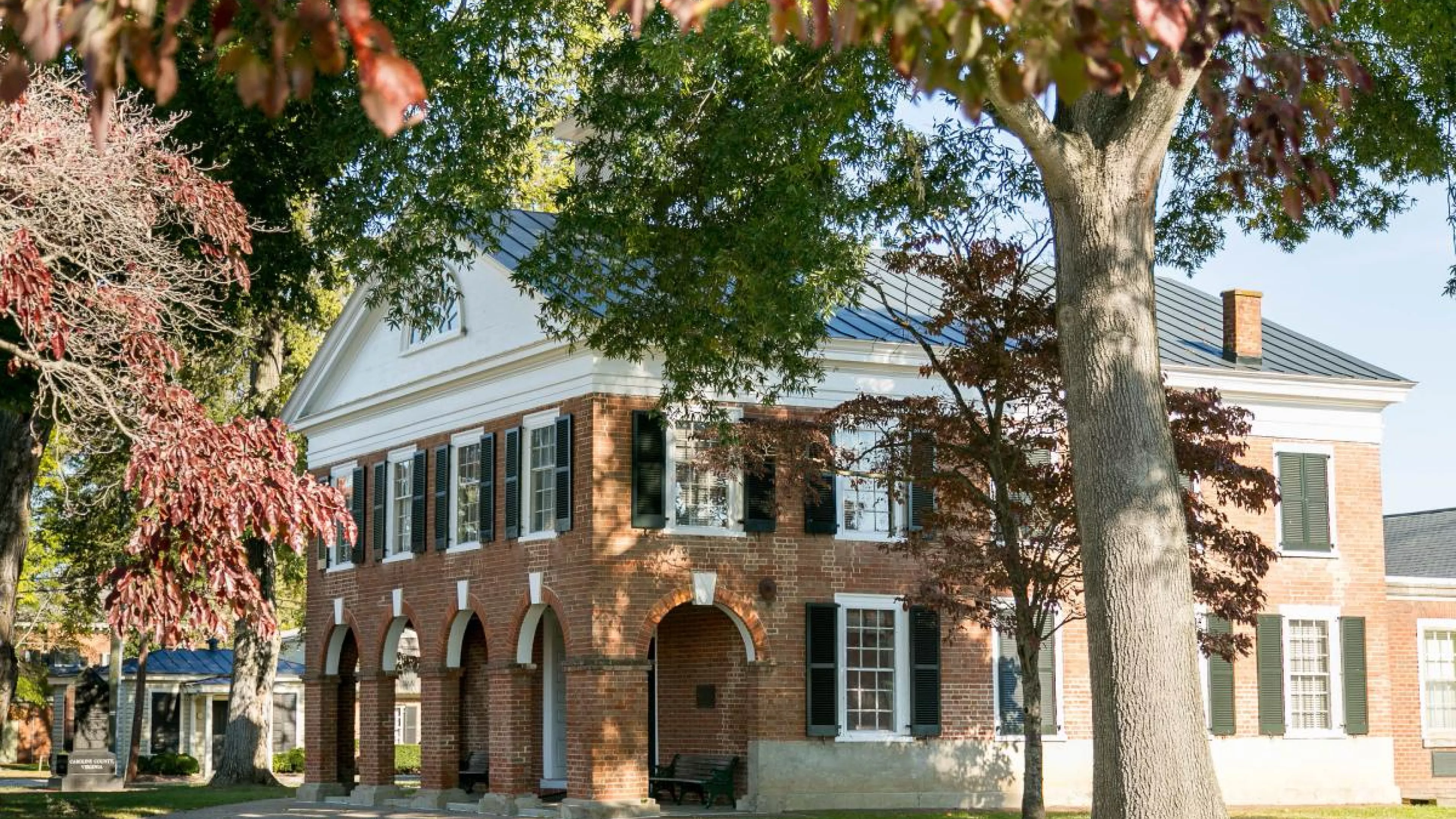
Bowling Green Partners with Non-Profit SERCAP to Establish GIS for Utility System
FOR IMMEDIATE RELEASE
August 25, 2025
Bowling Green Partners with Non-Profit SERCAP to Establish GIS for Utility System
Bowling Green, VA: The Town of Bowling Green is partnering with the non-profit organization SERCAP to establish its first Geographic Information System (GIS) for water and wastewater utilities.
The mission established by SERCAP, located in Roanoke, VA, is to provide Technical Assistance (TA) to rural communities, water/wastewater treatment facilities, public and private utilities, public service authorities (PSAs), planning district commissions (PDCs), etc. to support water/wastewater infrastructure projects, community development, and economic development.
“We are very fortunate to have this partnership with SERCAP and continue our tremendous infrastructure planning and improvement efforts over the last year,” commented Bowling Green Town Manager India-Adams Jacobs. “By establishing a GIS for our public utilities staff, contractors, engineers, and taking the necessary steps toward proactive asset management, we can provide better service delivery to our residents.”
SERCAP’s field crew has gathered information on the Town’s Utility system over the last month. Once that information is processed, the GIS mapping will be built, and the identification of items such as meters, hydrants, water and sewer lines, and facilities will be identified at their respective locations.
Councilmember Jeff Voit had this to say, “This partnership with SERCAP is excellent news for the town. We are grateful for this support and our Town Manager, Mrs. Adams-Jacobs, for working to finalize the memorandum of understanding and gathering years of data for these efforts, and Public Works Foreman, Mr. Shawn Fortune, for leading the crew for fieldwork throughout the town. GIS will greatly benefit critical infrastructure projects and has long been a goal of the Planning Commission.”
Having a GIS system for the town will help in identifying water leaks and other possible disruptions of service more quickly. Other benefits of the GIS are:
• Data Collection: Gathering and storing data from various sources, including remote sensors, field observations, and historical records.
• Mapping: Creating maps that visualize the location and distribution of water and wastewater systems, as well as their interactions with the environment.
• Analysis: Performing spatial analysis to identify patterns, trends, and relationships within the data, such as water quality, flow, and infrastructure performance.
• Visualization: Presenting the data in a way that is easy to understand and interpret, often through interactive maps and dashboards.
• Decision Support: Providing insights and recommendations for decision-making, such as planning infrastructure upgrades, optimizing resource allocation, and managing environmental impacts. GIS systems for water and wastewater are essential for modernizing workflows, improving efficiency, and providing insights for decision-makers. They play a crucial role in digital water transformation, enabling utilities to meet challenges and maintain compliance with regulations.
SERCAP will be providing this service at no cost to the town. Ordinarily, the cost to build an independent GIS system for a town of our size is estimated at $30,000-$70,000.
###



